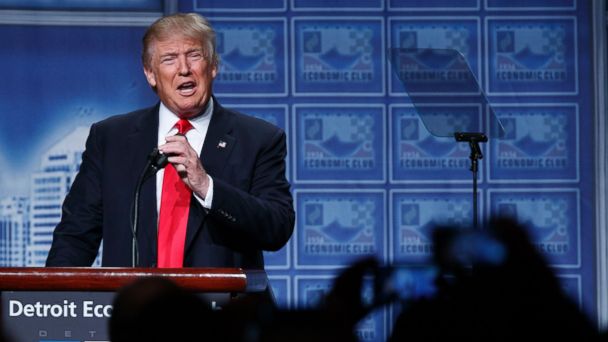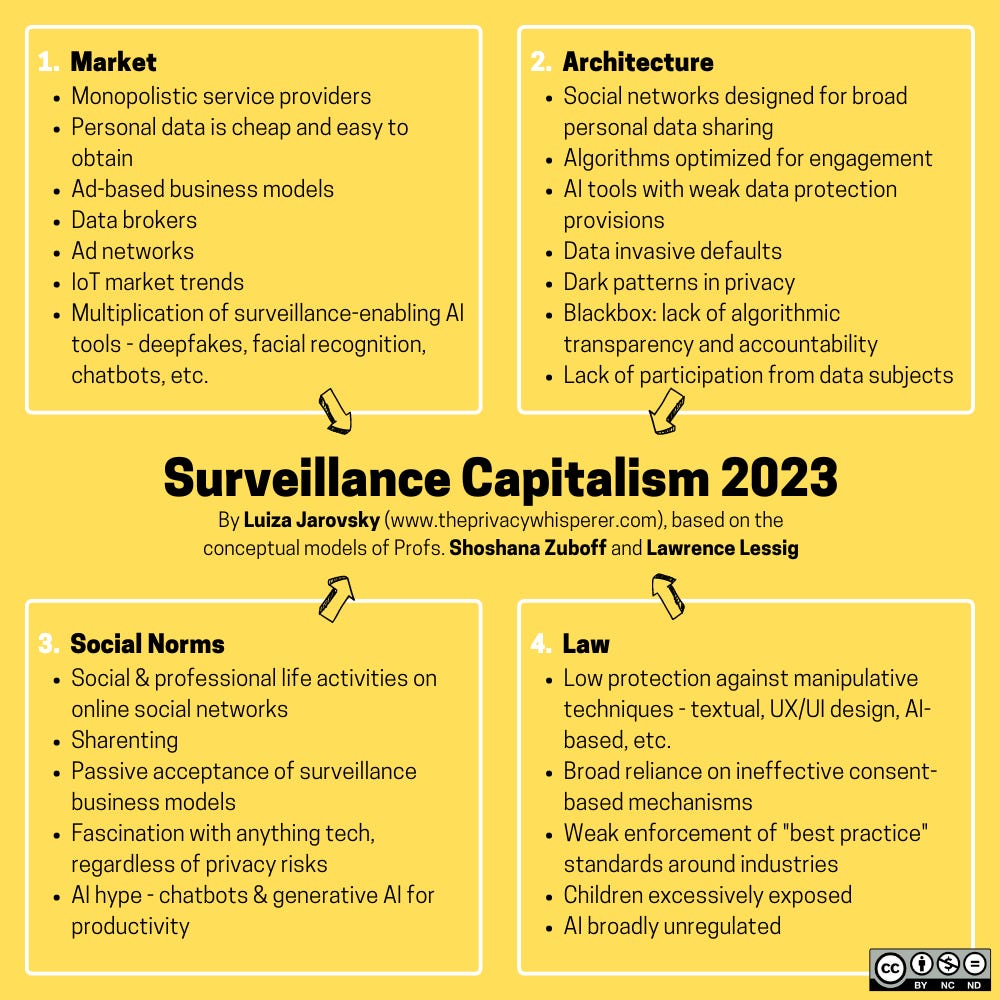Who Will Pay For Trump's Economic Policies?

Table of Contents
The Beneficiaries of Trump's Tax Cuts
Corporations and the Wealthy
The 2017 Tax Cuts and Jobs Act drastically reduced the corporate tax rate from 35% to 21%, a significant boon for corporations and high-income earners.
- Reduced Corporate Tax Rates: This resulted in increased corporate profits and shareholder payouts, fueling stock market growth in the short term.
- Tax Benefits for High-Income Individuals: High-income individuals also saw substantial tax reductions, leading to increased wealth concentration.
- Income Inequality Trends: Data from the Congressional Budget Office and other sources reveal a widening income gap during this period, suggesting that the tax cuts disproportionately benefited the wealthy.
Specific Industries
Certain industries benefited disproportionately from Trump's policies and deregulation efforts.
- Fossil Fuel Industry: The relaxation of environmental regulations under the Trump administration provided a significant boost to the fossil fuel industry. This led to increased production and profits, but also contributed to increased greenhouse gas emissions.
- Deregulation's Impact: Reduced environmental oversight lowered compliance costs for many industries, but raised concerns about long-term environmental and public health consequences.
- Industry Growth Statistics: While some sectors experienced growth, it's important to note that this growth wasn't necessarily inclusive or sustainable in the long run. Analysis of industry-specific data is needed to assess the true impact.
Who Bore the Cost of Trump's Economic Policies?
The Middle and Lower Classes
While corporations and the wealthy reaped significant tax benefits, the middle and lower classes saw little direct relief.
- Lack of Direct Tax Relief: Many lower- and middle-income earners did not experience commensurate tax reductions, leaving them vulnerable to the potential consequences of increased national debt.
- Potential for Future Tax Increases: To address the burgeoning national debt incurred during this period, future tax increases are a distinct possibility, placing a potential burden on these demographics.
- Wage Stagnation or Decline: Data on wage growth during this period reveals stagnant or declining wages for many, failing to offset the increased costs of living.
Future Generations
The significantly increased national debt under Trump's administration places a substantial burden on future generations.
- Burden of Paying Down Debt: Future taxpayers will inherit the responsibility of paying down this debt, potentially limiting government spending on crucial social programs.
- Impact on Social Security and Medicare: Increased debt could lead to cuts in crucial social safety net programs like Social Security and Medicare.
Environmental Costs
The rollback of environmental regulations resulted in significant environmental and economic costs.
- Cost of Environmental Cleanup: Future environmental cleanup and mitigation efforts will necessitate considerable financial investment.
- Health Care Costs: The health consequences of environmental damage, such as air and water pollution, translate into increased healthcare costs for individuals and the government.
Long-Term Economic Consequences of Trump's Policies
National Debt and Deficit
Trump's policies significantly increased the national debt and deficit.
- Impact on Interest Rates and Economic Growth: This burgeoning debt can lead to higher interest rates, potentially hindering economic growth and investment.
Trade Wars and Their Impact
The trade wars initiated during Trump's presidency had mixed consequences.
- Winners and Losers: While some industries benefited from tariffs, others faced significant challenges, resulting in job losses and increased consumer prices.
Conclusion
In summary, Trump's economic policies disproportionately benefited corporations and the wealthy through significant tax cuts. However, the cost was borne by the middle and lower classes, future generations, and the environment through increased national debt, potential future tax increases, and environmental damage. Understanding who paid for Trump's economic policies requires critical analysis of the available data. The long-term consequences of his economic agenda, including the increased national debt and the potential for future economic instability, remain significant concerns. Continue your research to form your own conclusions on the lasting effects of Trump’s economic legacy, considering the funding of his policies and the true cost of his economic agenda.

Featured Posts
-
 The Conclave And The Future Assessing Pope Franciss Papacy
Apr 22, 2025
The Conclave And The Future Assessing Pope Franciss Papacy
Apr 22, 2025 -
 Ftc Investigates Open Ai Chat Gpt Under Scrutiny
Apr 22, 2025
Ftc Investigates Open Ai Chat Gpt Under Scrutiny
Apr 22, 2025 -
 Enhanced Security Collaboration China And Indonesia Forge Closer Bonds
Apr 22, 2025
Enhanced Security Collaboration China And Indonesia Forge Closer Bonds
Apr 22, 2025 -
 Analyzing The Economic Consequences Of Trumps Policies
Apr 22, 2025
Analyzing The Economic Consequences Of Trumps Policies
Apr 22, 2025 -
 Hollywood Strike Actors Join Writers Bringing Production To A Standstill
Apr 22, 2025
Hollywood Strike Actors Join Writers Bringing Production To A Standstill
Apr 22, 2025
